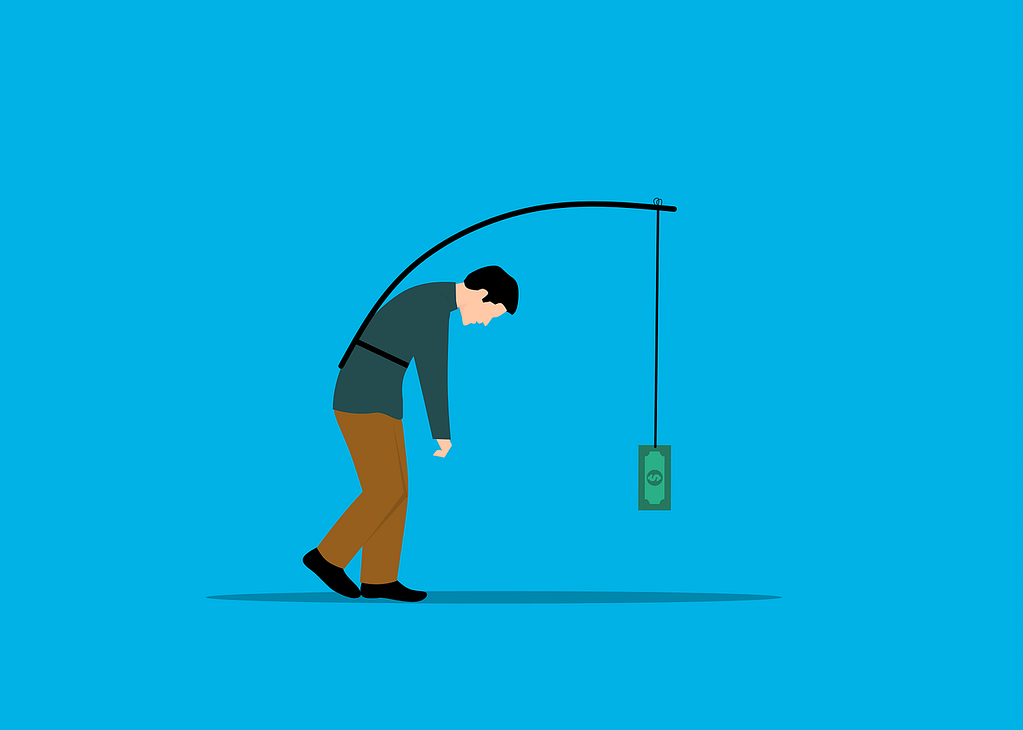Let’s Talk About Loans, Baby.
In our previous exploration into foreclosure and power of sale processes in Ontario, we touched upon the distinction between traditional lenders and certain private entities that might pursue different strategies when a borrower defaults. This naturally leads us to another hard to swallow, but essential topic, predatory lending, a practice that can lead unsuspecting homeowners into dire financial circumstances.

What is Predatory Lending?
Predatory lending encompasses a range of unscrupulous actions undertaken by lenders to ensnare borrowers into unfair and high-cost loans. These lenders often target vulnerable populations—those with low credit scores, the elderly, and people in dire financial situations—offering them terms that can lead to prolonged debt, loss of property, and a spiral of financial hardship.
Signs of Predatory Lending
The financial landscape, while filled with many reputable institutions, is unfortunately also peppered with entities seeking to exploit unsuspecting borrowers. Predatory lending is one such insidious practice that traps individuals in detrimental financial cycles. Recognizing the signs early can mean the difference between financial stability and distress.
Exorbitant Interest Rates
While interest rates can vary based on creditworthiness and market conditions, predatory lenders often charge rates that far exceed industry standards. These exorbitant rates can quickly make a loan unmanageable, leading to spiralling debt. Always compare the offered rate with current market averages and what other institutions provide.
Hidden Fees
Predatory lenders might entice borrowers with the promise of low rates, only to embed a slew of hidden fees and charges in the fine print. These fees can add up, making the loan significantly more expensive than initially portrayed. It’s essential to scrutinize all loan documentation and seek clarity on any ambiguities.
Balloon Payments
A hallmark of many predatory loans is the balloon payment—a large sum due at the loan’s end after a series of deceptively manageable payments. Borrowers might find themselves unable to cover this lump sum, leading to defaults or the need for costly refinancing.
Loan Flipping
Predatory lenders often push borrowers to refinance repeatedly, charging high fees with each flip and extending the loan’s life. While refinancing can be beneficial in specific contexts, constant flipping primarily benefits the lender at the borrower’s expense.
No Credit Check Advertisements
While it might seem attractive, especially to those with credit challenges, lenders who offer loans without credit checks often have hidden agendas. These loans often come with unfavourable terms, trapping borrowers in a cycle of debt.
How to Avoid Falling Victim
In a world where financial choices abound, navigating the minefield of predatory lending can be challenging. However, with awareness, research, and the right tools, individuals can safeguard themselves against these harmful practices.
Research Lenders
Before entering into any financial agreement, due diligence is paramount. Look into the lender’s history, read online reviews, and check for any complaints with regulatory bodies. Established, reputable lenders typically have transparent practices and clear histories.
Read All Documentation
While loan agreements can be dense and filled with jargon, it’s vital to comb through every detail. If there are terms you don’t understand, seek expert advice. Never sign an agreement based on verbal promises alone.
Seek Financial Counselling
A certified financial counsellor or advisor can provide invaluable insights into loan offers, helping identify potential pitfalls or predatory terms. Their expertise can guide borrowers in making informed decisions.
Trust Your Instincts
Financial decisions, while often rooted in logic, also benefit from instinctual caution. If a deal feels too good to be true or if a lender is pushing you to decide quickly, it’s worth taking a step back and reassessing.
Remember, the best defense against predatory lending is knowledge. The more informed and cautious you are, the less likely you’ll fall into a predatory lender’s trap.

Caught in the Predatory Lending Web?
For those who find themselves ensnared by a predatory loan and face issues like potential foreclosure, credit complications, or worsening financial strain, there are steps to take:
- Consultation: Seek legal advice to understand your rights and potential avenues for recourse.
- Refinancing: Look into refinancing options through more reputable lenders.
- Negotiation: Some predatory lenders might be willing to modify loan terms if faced with legal consequences.
- Financial Counselling: Work with financial experts to develop a plan to regain your financial footing.
In our earlier blog post, we discussed how different lenders in Ontario might opt for power of sale or foreclosure in mortgage default scenarios. An understanding of these processes can also aid in navigating the complexities if caught in a predatory lending situation.
Not All Mortgages Are Created Equal
Awareness is the best defense against predatory lending in Ontario. By staying informed, asking the right questions, and seeking professional advice when in doubt, individuals can protect themselves from these harmful practices and ensure their financial security.




